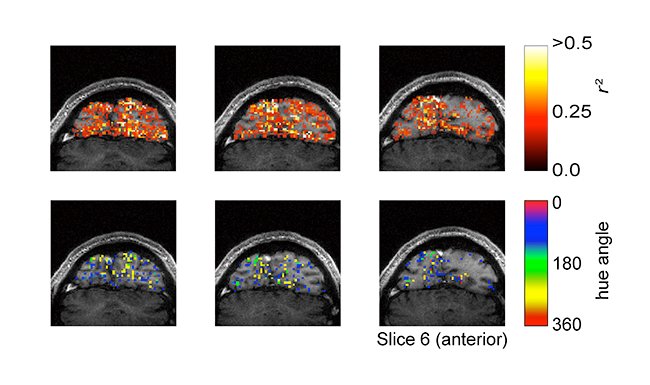
AsianScientist (Mar. 2, 2016) – Fruit flies require taste receptors originating from their feet to taste food and begin feeding. These findings, published in Nature Communications, could inform the design of more effective insect repellents.
Unlike humans, insects not only have taste organs inside their mouthparts but also on the body. Their legs, wings and ovipositor (the organ with which females lay eggs) can contain taste receptor neurons. Currently, the need for so many taste organs in insects is not well understood. However, a clue for understanding their function comes from examining the anatomy of taste-sensing neurons.
These neurons send signals to different parts of the fly’s central nervous system, suggesting that taste information received from different parts of the body is processed differently in the brain. Therefore, different taste organs may have different functions.
To test this idea, first author Vladimiros Thoma and colleagues from Tohoku University used the fruit fly Drosophila to target small numbers of neurons and either block or activate them with genetic tools.
First, they blocked sweet-sensing neurons and then observed the flies’ preference for sugar. Normally, hungry flies choose sugar almost immediately, but the flies which had sweet-sensing neurons in their legs blocked did not do so.
The scientists then examined the sweet taste neurons in the legs, and found two populations of neurons. One group of neurons connected directly to the brain of the fly. The remaining neurons connected to the ventral nerve cord, a structure analogous to the spinal cord in humans.

Left: Sweet taste neurons in the fly’s brain (upper panel; blue) and ventral nerve cord (lower panel; blue). Right: Schematic of the function of leg neurons. Credit: Vladimiros Thoma
After blocking each population separately, the researchers found that they have specialized functions. The ventral nerve cord-projecting neurons stop the fly’s movement as soon as it steps on food. Once the fly stops moving, the brain-projecting neurons initiate feeding.
These results show how feeding, a complex behavior with many steps, is organized by the specialized contributions of different groups of neurons. The role of the taste neurons in other organs is only partially understood, but it is possible that they are important for the later stages of feeding.
Insect repellents usually rely on chemicals that smell and taste bad to insects; therefore, a better understanding of insect choice behavior and feeding may also contribute to the development of more effective pest control measures.
The article can be found at: Thoma et al. (2016) Functional Dissociation in Sweet Taste Receptor Neurons Between and Within Taste Organs of Drosophila.
———
Source: Tohoku University; Photo: Shutterstock.
Disclaimer: This article does not necessarily reflect the views of AsianScientist or its staff.












